Home>Fans, Heaters & Lighting>How Much Electricity Does A Space Heater Use?
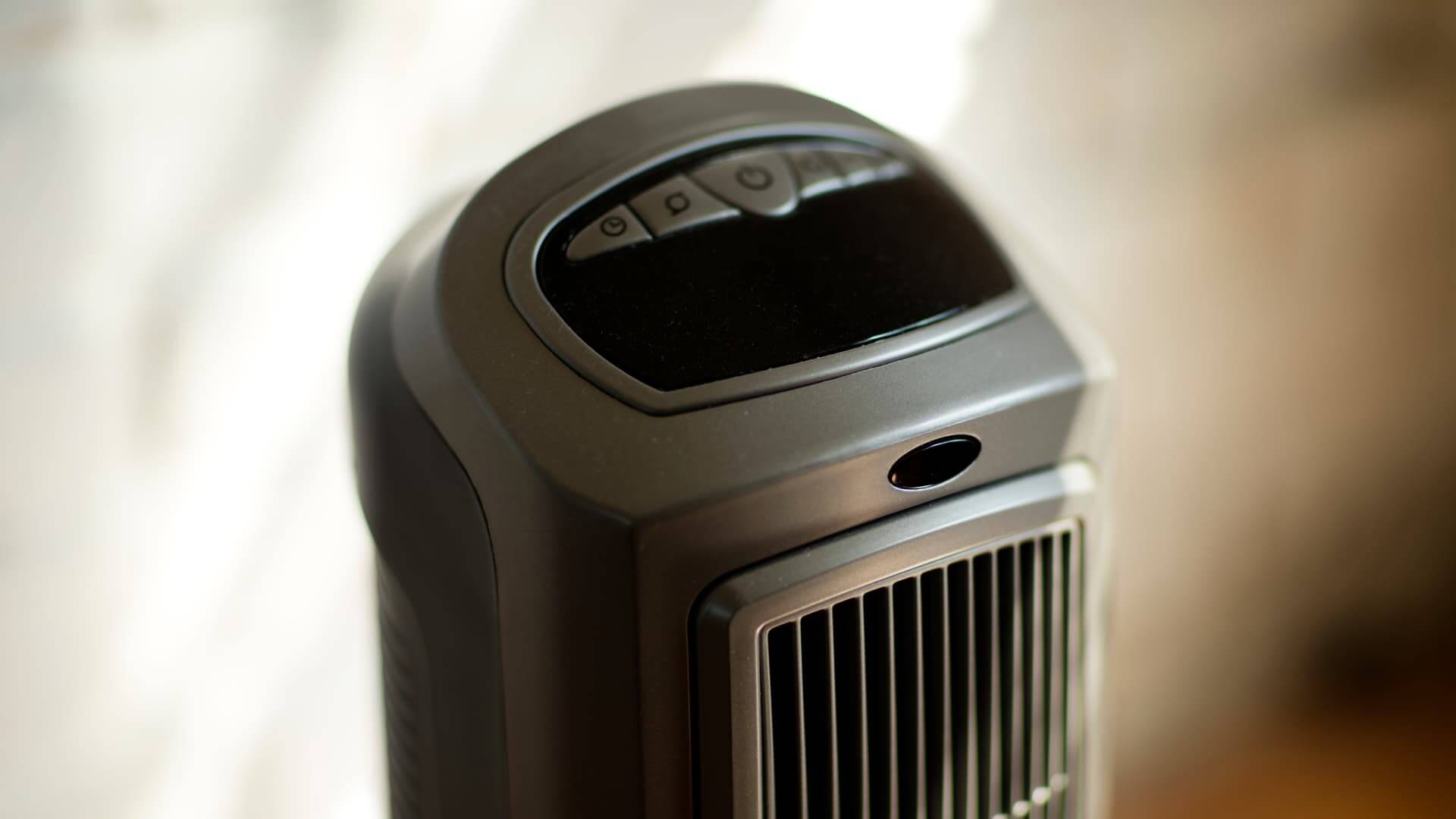

Fans, Heaters & Lighting
How Much Electricity Does A Space Heater Use?
Modified: January 19, 2024
Discover the energy consumption of space heaters in this informative article. Learn about electric usage and find out how much power different models consume. Stay informed and make energy-efficient choices for heating your space.
(Many of the links in this article redirect to a specific reviewed product. Your purchase of these products through affiliate links helps to generate commission for Storables.com, at no extra cost. Learn more)
Introduction
Space heaters are a convenient and energy-efficient option for heating small spaces, such as bedrooms, offices, or living rooms. However, many people are concerned about the electricity consumption of these devices. Understanding how much electric a space heater uses is important not only for budgeting and conserving energy but also for ensuring the safety of electrical circuits in your home.
In this article, we will explore the factors that contribute to the electricity usage of space heaters and provide you with helpful tips on how to calculate and reduce their electric consumption. So, let’s dive in and find out just how much electric a space heater uses.
Key Takeaways:
- Understanding the electricity usage of space heaters is crucial for managing energy costs and ensuring safety. Factors like power settings, room size, and heater efficiency impact electric consumption.
- To reduce electric usage, implement smart usage habits, proper insulation, and consider energy-efficient models. By making thoughtful choices, you can minimize energy consumption without sacrificing comfort.
What is a space heater?
A space heater is a portable device designed to provide warmth and heat to a specific area or room. It comes in various sizes, shapes, and types, offering different heating methods, including convection, radiant, and fan-forced heating. Unlike central heating systems that heat the entire home, space heaters are a more targeted and energy-efficient solution to heat smaller spaces.
Space heaters are commonly used in homes, offices, garages, and other areas that need supplementary or localized heating. They are often equipped with safety features like tip-over switches and overheating protection to prevent accidents and ensure user safety.
There are several types of space heaters available in the market, each with its unique features and benefits:
- Convection heaters: These heaters warm up the air in the room by heating the oil-filled or ceramic heating elements. The warm air then circulates around the room, providing a uniform and gentle heat.
- Radiant heaters: Radiant heaters emit infrared radiation, which heats up objects and people directly in its path. They work best for spot heating, providing instant warmth.
- Fan-forced heaters: These heaters use a fan to blow air over a heating element, quickly distributing the warm air throughout the room. They are known for their fast heat output and efficient heating performance.
- Portable electric heaters: These compact heaters are powered by electricity and are the most common type of space heater found in households. They are easy to use, require no installation, and can be moved from one room to another as needed.
With a variety of space heaters available, it’s important to choose the one that best suits your needs and offers energy-efficient heating options. Now that we understand what a space heater is, let’s explore how electricity usage is affected by these devices.
Understanding electricity usage
Electricity usage refers to the amount of electrical energy consumed by a device or appliance over a specific period of time. In the case of space heaters, understanding their electricity usage is crucial for several reasons. Firstly, it helps you estimate the cost of running a space heater and manage your energy expenses. Secondly, it allows you to assess the impact on your overall electricity consumption and make informed decisions about energy conservation. Lastly, it helps you avoid overloading electrical circuits in your home, which can lead to fire hazards.
The primary unit of measurement for electricity usage is kilowatt-hours (kWh). A kilowatt-hour represents the amount of energy consumed by a device with a power rating of 1 kilowatt (1000 watts) operating continuously for one hour. Most space heaters have their power rating labeled on the device, typically ranging from 500 watts to 1500 watts or higher.
To calculate the electricity usage of a space heater, you need to consider its power rating, the number of hours it runs, and the cost of electricity per kilowatt-hour in your area. The formula for calculating electricity usage is simple:
Electricity Usage (kWh) = Power Rating (kW) x Hours of Use
For example, if you have a space heater with a power rating of 1500 watts and you use it for 5 hours, the electricity usage would be:
Electricity Usage (kWh) = 1.5 kW x 5 hours = 7.5 kWh
However, it’s essential to note that the actual electricity usage may vary depending on various factors, such as the temperature setting, the insulation of the room, and the heater’s efficiency. Now let’s delve into the factors that can affect the electric consumption of a space heater.
Factors that affect electric consumption
The electric consumption of a space heater can be influenced by several factors. Understanding these factors will not only help you estimate the electricity usage more accurately but also enable you to make adjustments to reduce energy consumption. Here are some key factors that can affect the electric consumption of a space heater:
- Power setting: Most space heaters come with adjustable power settings, allowing you to control the amount of heat produced. Higher power settings will consume more electricity, while lower settings will use less. Keep in mind that higher settings may heat up the room faster but will result in increased energy usage.
- Room size and insulation: The size of the room and the level of insulation play a significant role in the electric consumption of a space heater. Larger rooms or poorly insulated spaces will require more energy to maintain a comfortable temperature, as the heater will need to work harder to compensate for heat loss.
- Operating hours: The number of hours you use the space heater directly impacts the electricity consumption. The longer the heater runs, the more electricity it will consume. It’s advisable to use a timer or programmable thermostat to regulate the operating hours and avoid unnecessary energy usage.
- Thermostat settings: Some space heaters are equipped with thermostats that allow you to set the desired temperature. The heater will cycle on and off to maintain that temperature. Higher thermostat settings will require the heater to work more frequently, resulting in higher electric consumption.
- Heater efficiency: The energy efficiency rating of a space heater determines how effectively it converts electrical energy into heat. Higher efficiency heaters will generate more heat per unit of electricity, resulting in lower energy consumption. Look for heaters with an Energy Star certification or high-efficiency ratings to minimize electric usage.
- Usage habits: Your personal usage habits also play a role in the electric consumption of a space heater. For example, if you frequently leave the heater running while not in the room or use multiple heaters simultaneously, the energy usage will be significantly higher.
By considering these factors and making appropriate adjustments, you can effectively manage and reduce the electric consumption of your space heater. In the next section, we’ll discuss how to calculate the electricity usage of a space heater and estimate its monthly or yearly cost.
Consider using a space heater with a lower wattage to reduce electricity usage. Look for models with energy-saving features like programmable timers and adjustable thermostats.
How to calculate the electricity usage of a space heater
Calculating the electricity usage of a space heater is a straightforward process that requires basic mathematical calculations. By following these steps, you can estimate the amount of electricity your space heater consumes:
- Identify the power rating: Check the label or user manual of your space heater to find the power rating, usually measured in watts (W) or kilowatts (kW). This information is typically located on the back or bottom of the device.
- Determine the operating hours: Estimate the number of hours you typically use the space heater per day. This can vary depending on your needs and comfort preferences. For example, if you use the heater for 4 hours each day, enter that value.
- Convert power rating to kilowatts: If your power rating is given in watts, convert it to kilowatts by dividing the wattage by 1000. For example, if your space heater has a power rating of 1500 watts, divide it by 1000 to get 1.5 kilowatts.
- Apply the formula: Use the formula Electricity Usage (kWh) = Power Rating (kW) x Hours of Use to calculate the electricity usage. Multiply the power rating (in kilowatts) by the number of operating hours to obtain the electricity usage in kilowatt-hours. For instance, if your heater has a power rating of 1.5 kW and you use it for 4 hours per day, the calculation would be 1.5 kW x 4 hours = 6 kWh.
- Estimate monthly or yearly cost: To determine the cost of running your space heater, multiply the electricity usage (in kilowatt-hours) by the cost per kilowatt-hour charged by your energy provider. You can find this information on your electricity bill or contact your utility company for the current rates. Multiply the cost per kilowatt-hour by the electricity usage to estimate the monthly or yearly cost.
Keep in mind that this calculation provides an estimate of the electricity usage and cost, as there may be variations due to factors such as thermostat settings, room temperature, and heater efficiency. It is always advisable to monitor your actual energy consumption using an energy monitor or consult with your utility provider for more accurate information.
In the next section, we will explore the typical electric consumption of different types of space heaters.
Read more: How Much Electricity Does A Water Heater Use
Typical electric consumption of different types of space heaters
The electric consumption of space heaters can vary depending on the type of heater and its specific features. Here is a breakdown of the typical electric consumption for different types of space heaters:
- Convection heaters: Convection heaters typically have a power rating ranging from 500 watts to 1500 watts. If we consider a 1500-watt convection heater used for 5 hours, the electricity usage would be approximately 7.5 kilowatt-hours (kWh). However, keep in mind that actual usage may vary depending on factors like thermostat settings and room insulation.
- Radiant heaters: Radiant heaters mainly heat objects and people directly rather than warming up the entire room. They are known for their higher efficiency and quicker heat delivery. Typical radiant heaters have a power rating ranging from 800 watts to 1500 watts, depending on the model. Using a conservative estimate, a 1000-watt radiant heater used for 4 hours would consume 4 kilowatt-hours (kWh) of electricity.
- Fan-forced heaters: Fan-forced heaters use a fan to distribute the heat generated by a heating element. These heaters provide fast heat output and are commonly used in larger spaces. Their power rating usually falls within the range of 750 watts to 1500 watts. If we consider a 1200-watt fan-forced heater used for 6 hours, the electricity usage would be approximately 7.2 kilowatt-hours (kWh).
- Portable electric heaters: Portable electric heaters are the most common type of space heaters found in households. They are known for their convenience, ease of use, and wide range of options. Portable electric heaters typically have a power rating between 500 watts and 1500 watts. For instance, a 750-watt portable electric heater used for 3 hours would consume around 2.25 kilowatt-hours (kWh).
It’s important to remember that these figures are estimated average values and can vary depending on usage habits, thermostat settings, insulation, and other factors. Always refer to the specifications provided by the manufacturer to get the exact power rating and consult energy usage guides or energy labels for more accurate estimates.
Now that we have explored the typical electric consumption of different types of space heaters, let’s move on to some tips on how to reduce electric usage.
Tips for reducing electric usage of a space heater
While space heaters provide warmth and comfort, they can consume a considerable amount of electricity. To reduce the electric usage of your space heater and save on energy costs, consider implementing the following tips:
- Proper insulation: Ensure that your space is properly insulated to minimize heat loss. Seal any gaps around windows, doors, and other openings to prevent drafts and keep the warm air inside the room. This will help your space heater work more efficiently and reduce the need for continuous heating.
- Smart usage: Use your space heater strategically and only heat the areas you need. Instead of heating the entire house, focus on smaller, occupied spaces. Close doors to unused rooms to prevent heat from escaping and concentrate the warmth in one area.
- Use a programmable thermostat: Utilize a programmable thermostat to control the operating hours of your space heater. Set it to turn on shortly before you enter the room and turn off when you leave. This way, you can avoid running the heater unnecessarily and save on electricity.
- Layer clothing and use blankets: Opt for layered clothing and cozy blankets to keep yourself warm instead of relying solely on a space heater. By bundling up, you can decrease your dependence on the heater and reduce the amount of time it needs to run.
- Regular maintenance: Keep your space heater clean and well-maintained to ensure optimal performance. Dust and debris can accumulate on the heating elements, which can affect efficiency and increase energy consumption. Follow the manufacturer’s guidelines for cleaning and maintenance to keep your heater running efficiently.
- Consider efficient models: When purchasing a new space heater, look for models with energy-efficient features. Energy Star certified heaters are designed to meet specific energy-saving requirements. These models can help reduce electricity consumption without compromising on heating effectiveness.
- Monitor temperature settings: Set your space heater to the lowest comfortable temperature. Lowering the thermostat by just a few degrees can make a significant difference in energy usage. You can always adjust the temperature manually if you feel too cold.
- Supplement with other heating options: Instead of solely relying on a space heater, consider supplementing it with other heating sources. For example, using a heated blanket or wearing thermal clothing can provide additional warmth and help reduce the need for excessive heating from the space heater.
By incorporating these tips into your routine, you can effectively reduce the electric usage of your space heater and save on energy costs while maintaining a comfortable living environment. Remember to always prioritize safety and follow the manufacturer’s instructions for your specific space heater model.
Let’s conclude our article with a brief summary.
Conclusion
Space heaters are a convenient and efficient solution for heating smaller areas, but understanding their electricity usage is essential for managing energy costs and ensuring safety. By considering factors such as power settings, room size, operating hours, and heater efficiency, you can estimate the electric consumption of your space heater more accurately.
Calculating the electricity usage involves identifying the power rating, determining operating hours, and applying a simple formula. This estimation helps you estimate the monthly or yearly cost of running your space heater. However, it’s important to note that the actual electricity usage may vary based on several factors.
Different types of space heaters have varying electric consumption. Convection heaters, radiant heaters, fan-forced heaters, and portable electric heaters each have unique power ratings and energy efficiency. Understanding the typical electric consumption of these heaters allows you to make informed decisions when purchasing and using them.
To reduce the electric usage of your space heater, utilize proper insulation, smart usage habits, programmable thermostats, and layered clothing. Regular maintenance and considering energy-efficient models are also effective strategies. By implementing these tips, you can minimize energy consumption without sacrificing comfort.
In conclusion, understanding and managing the electricity usage of your space heater is crucial for optimizing energy efficiency, cost savings, and safety. Make thoughtful choices in selecting, operating, and maintaining your space heater to strike a balance between comfort and energy conservation.
Frequently Asked Questions about How Much Electricity Does A Space Heater Use?
Was this page helpful?
At Storables.com, we guarantee accurate and reliable information. Our content, validated by Expert Board Contributors, is crafted following stringent Editorial Policies. We're committed to providing you with well-researched, expert-backed insights for all your informational needs.
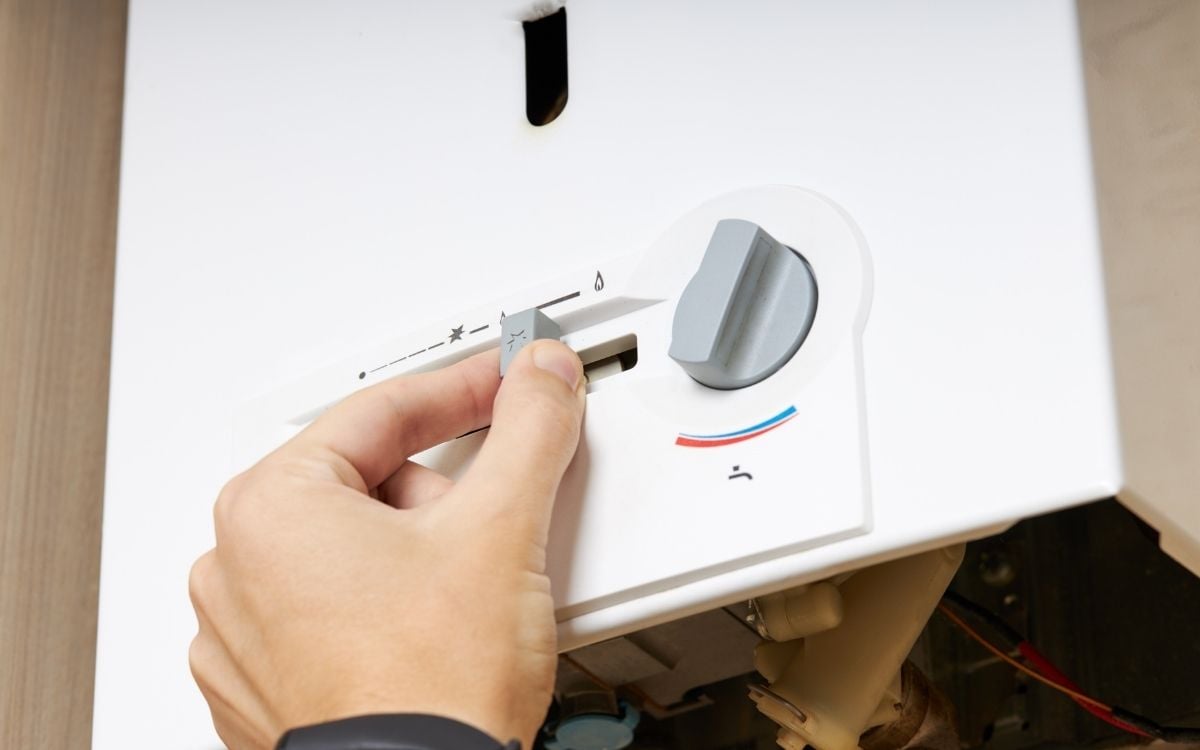
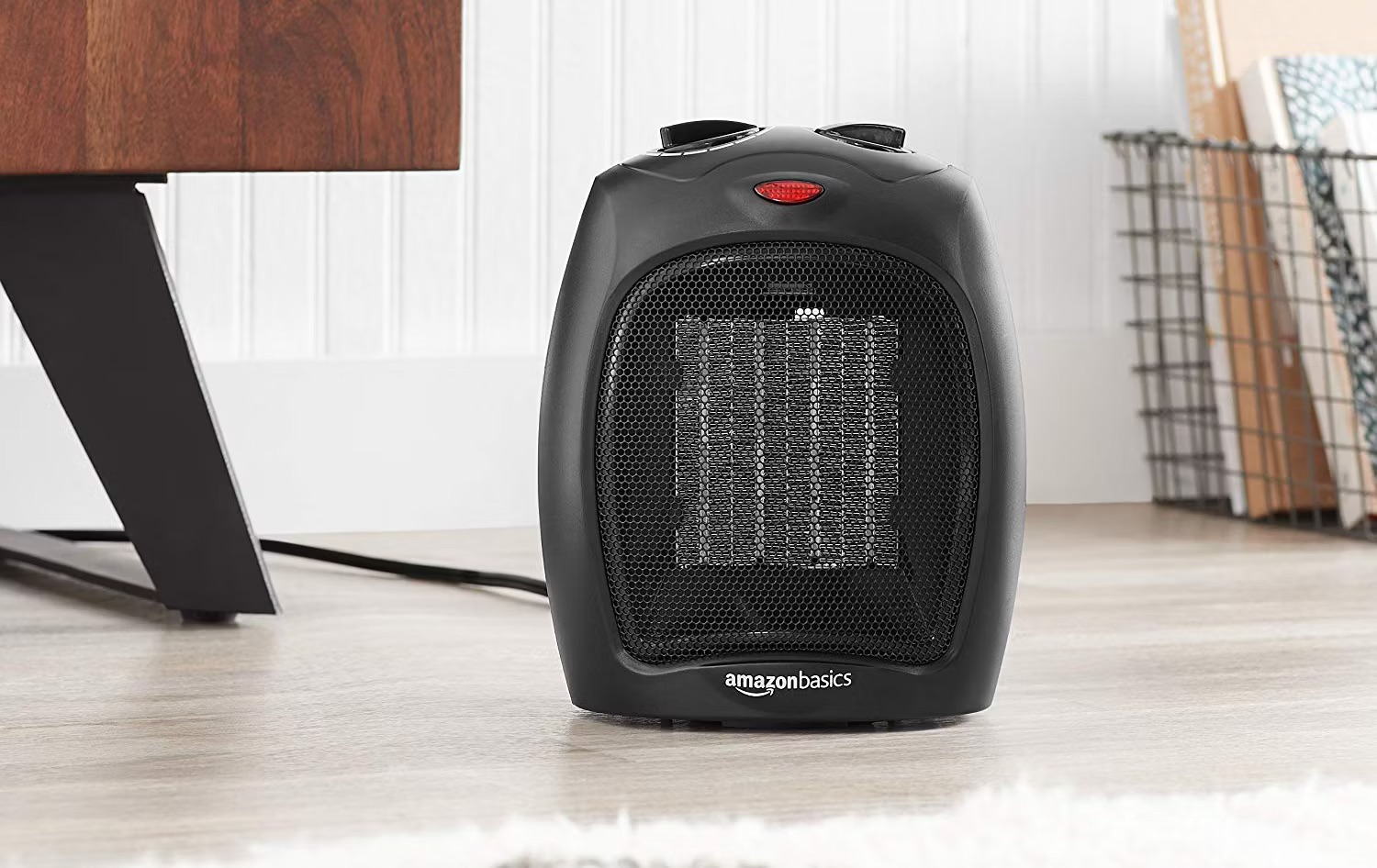
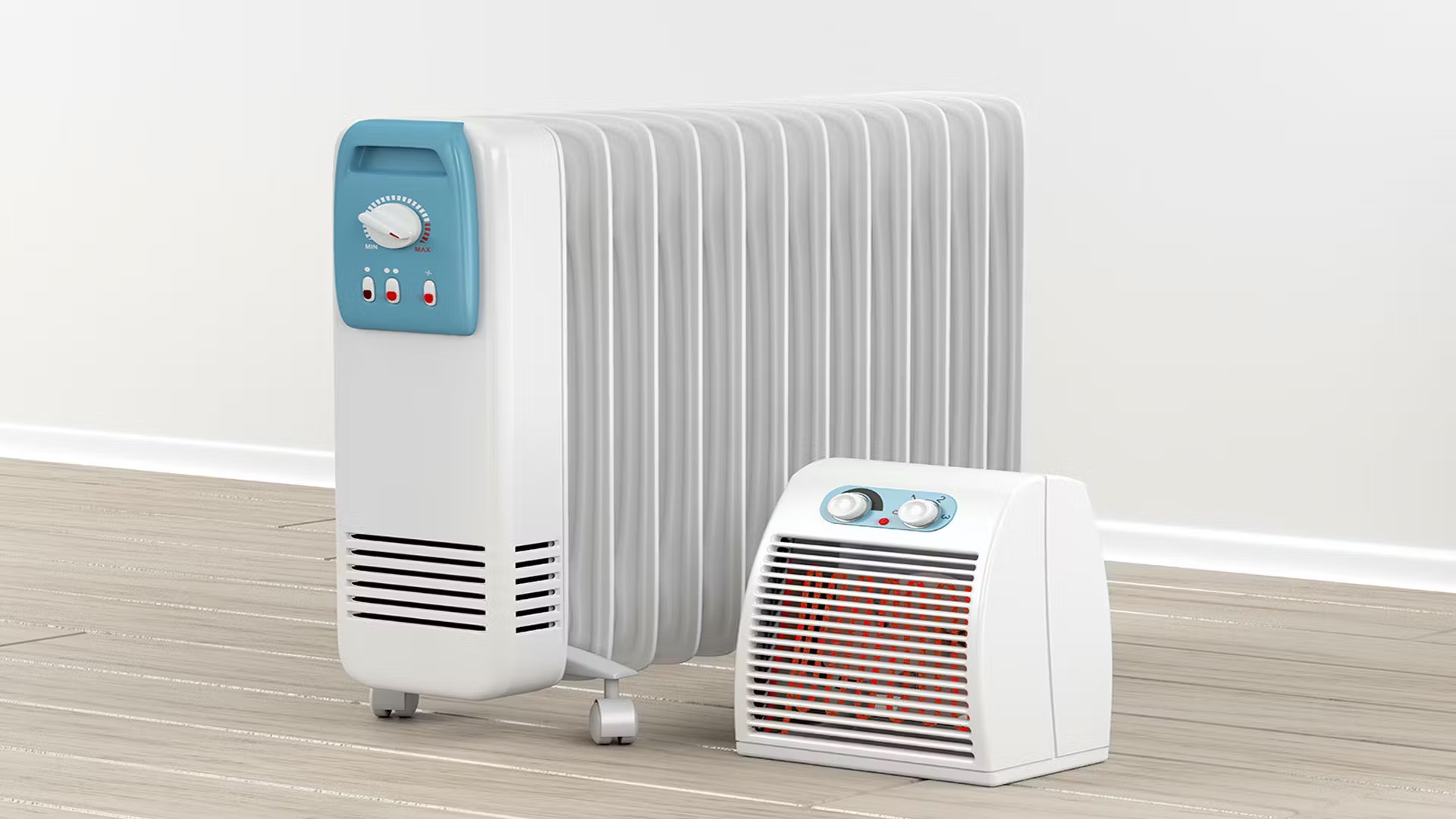
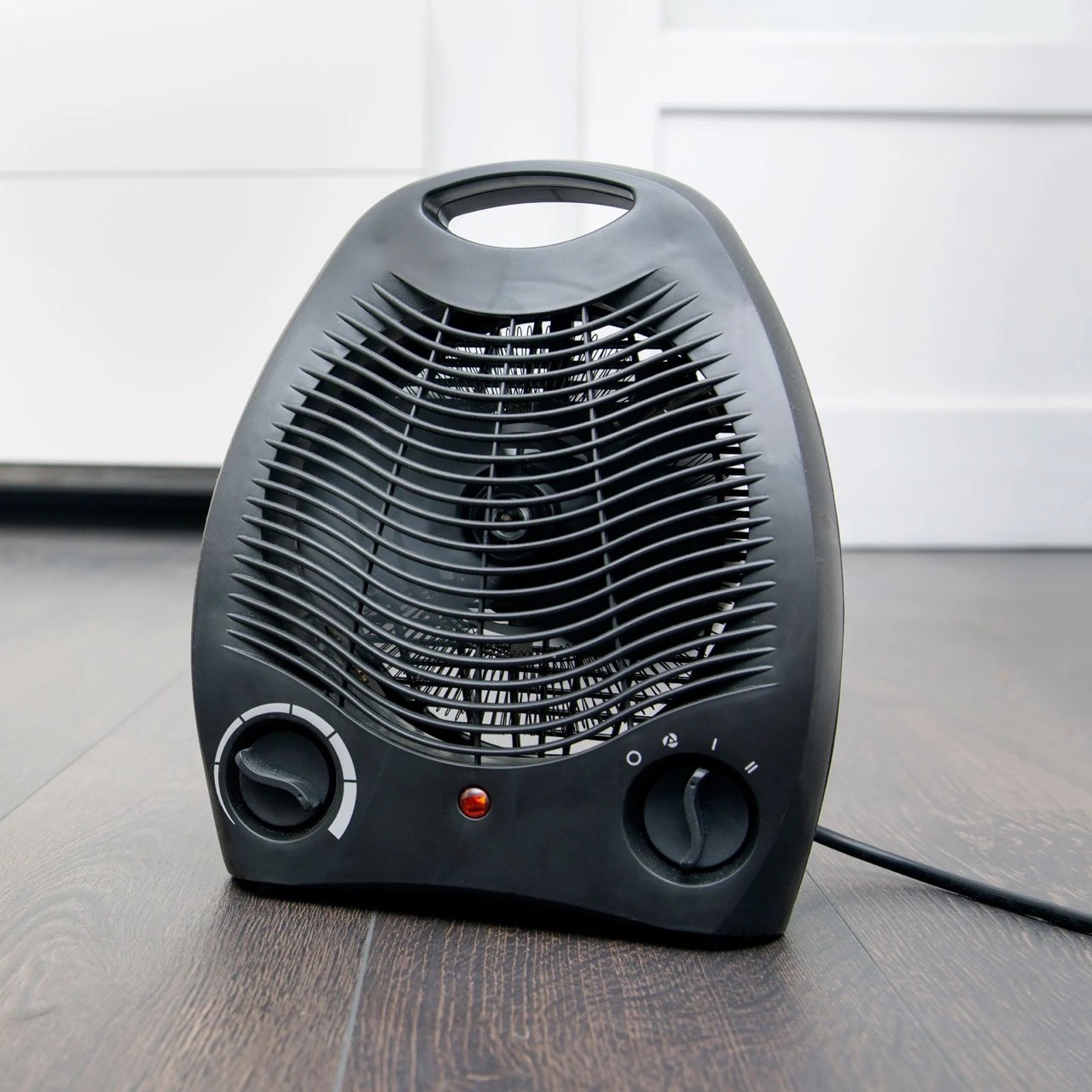

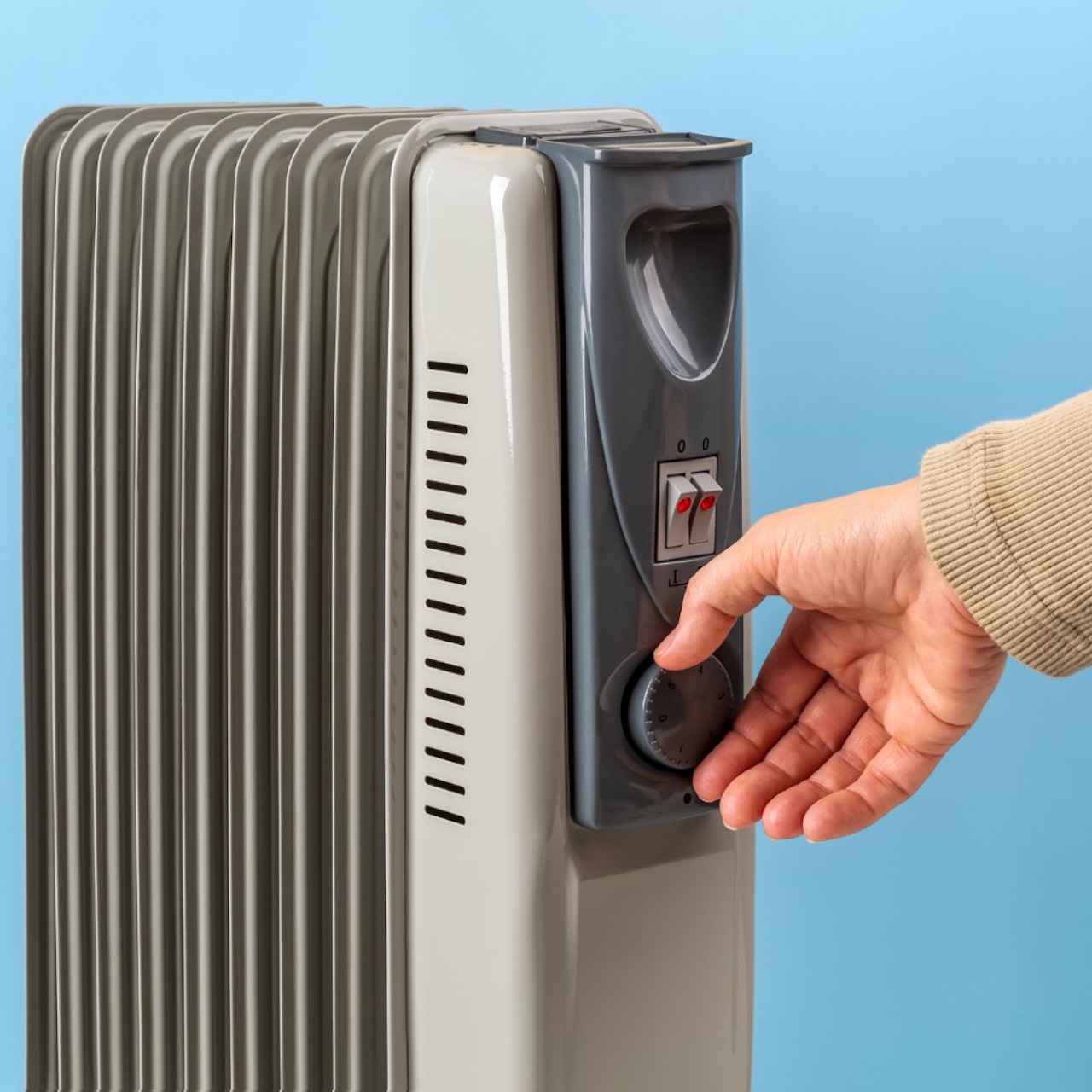
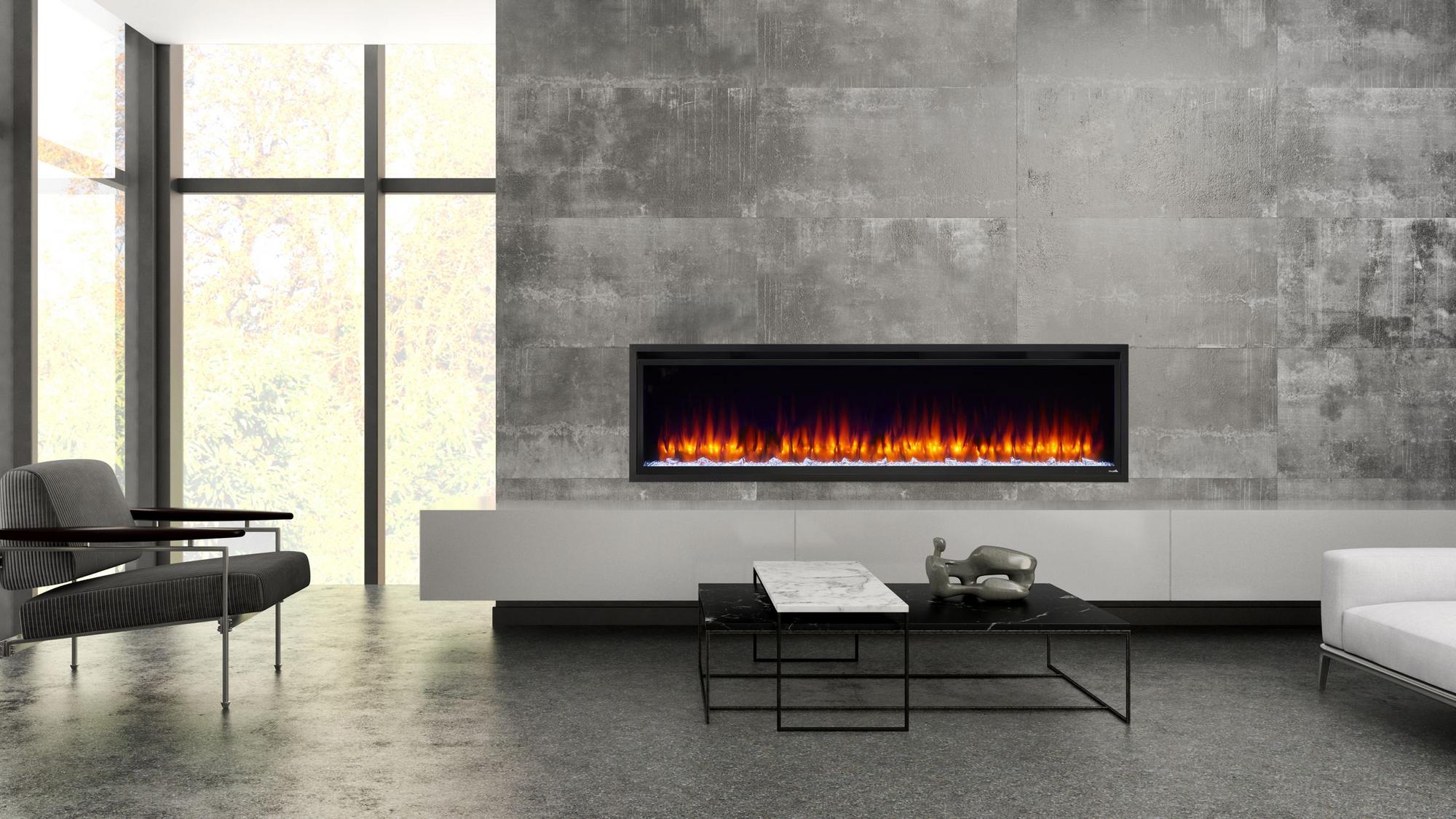
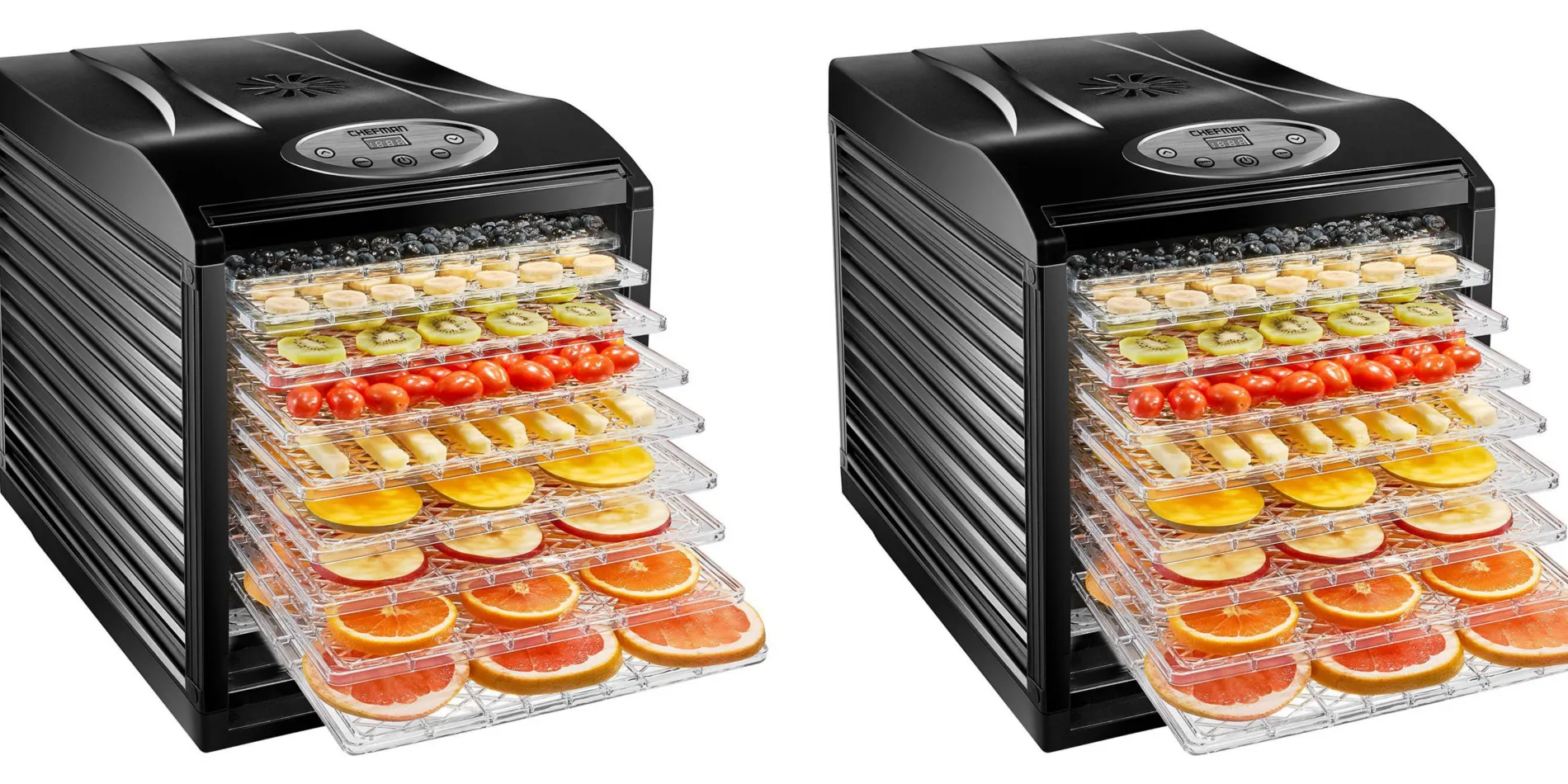
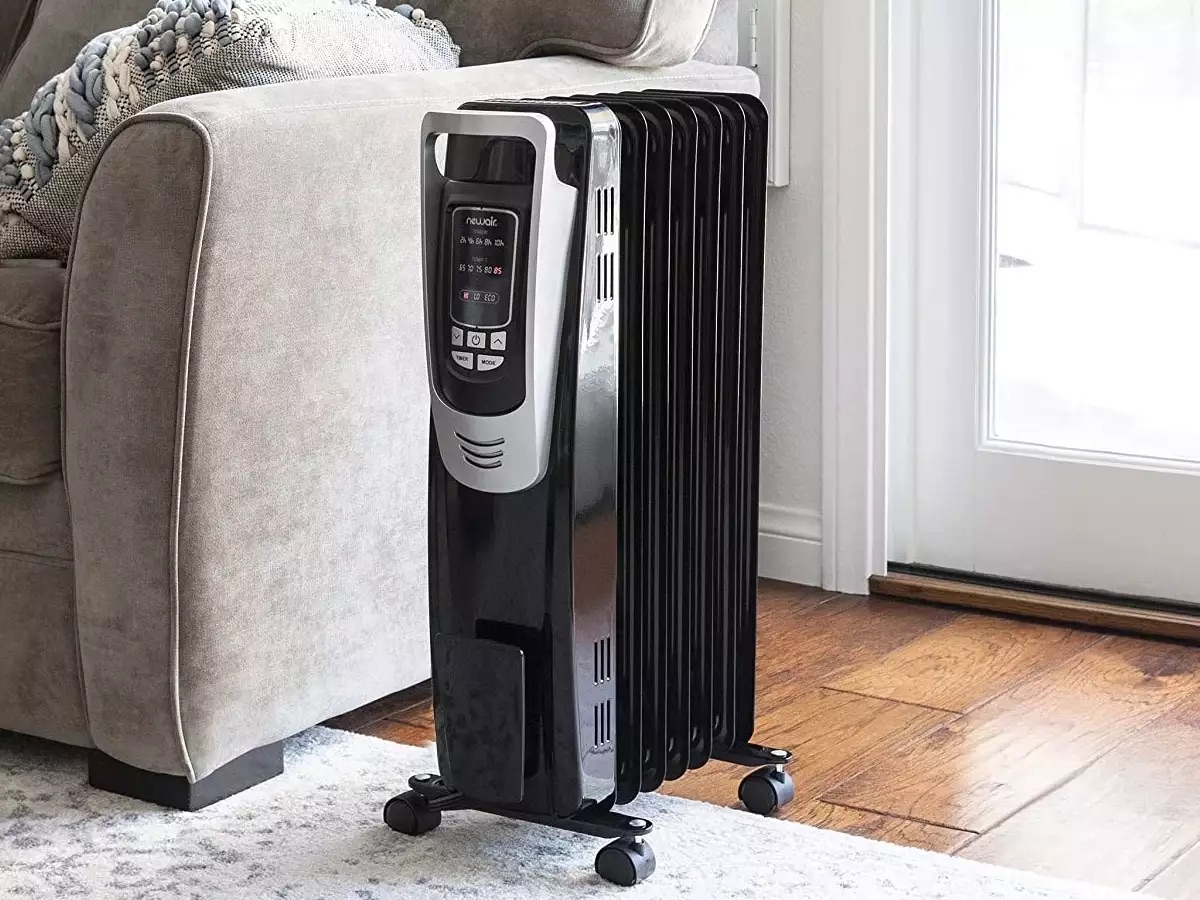
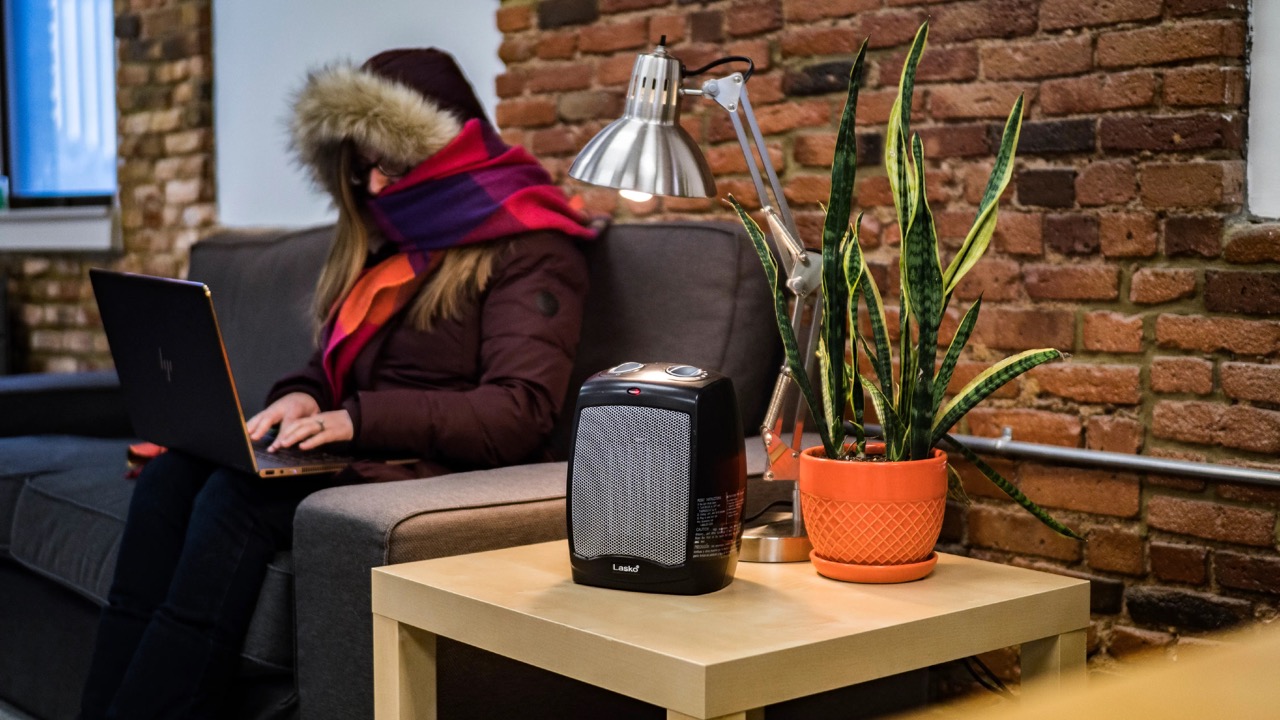
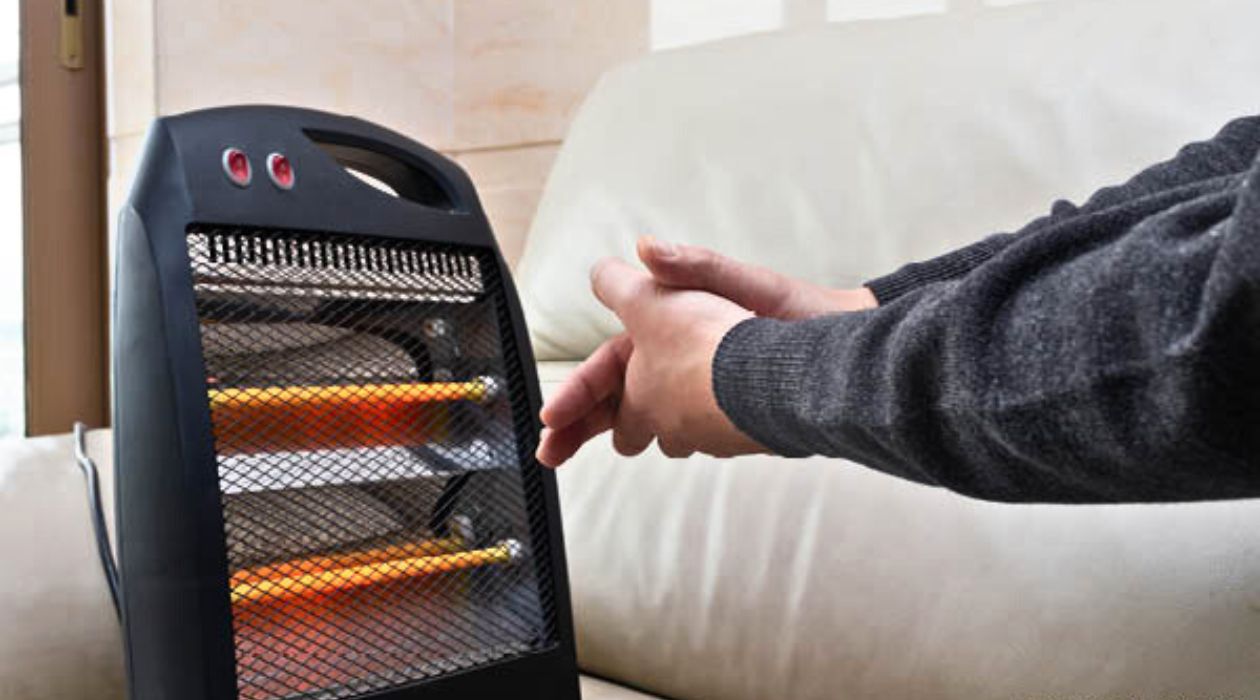
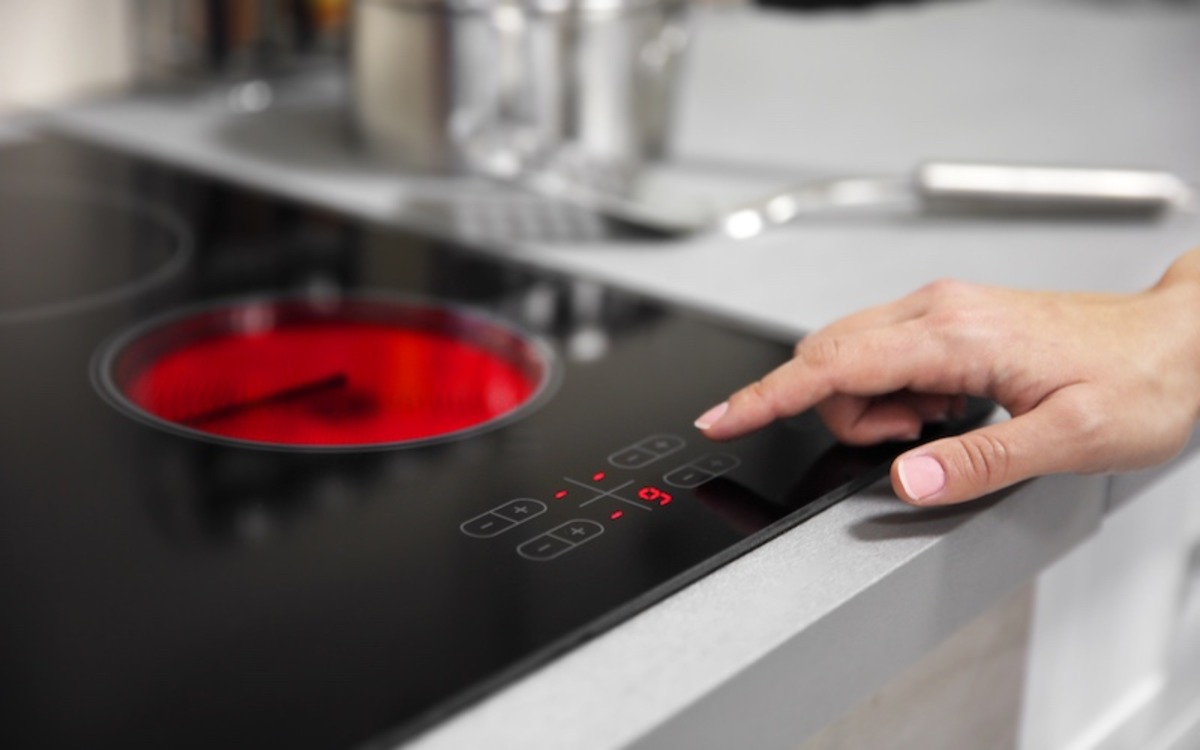
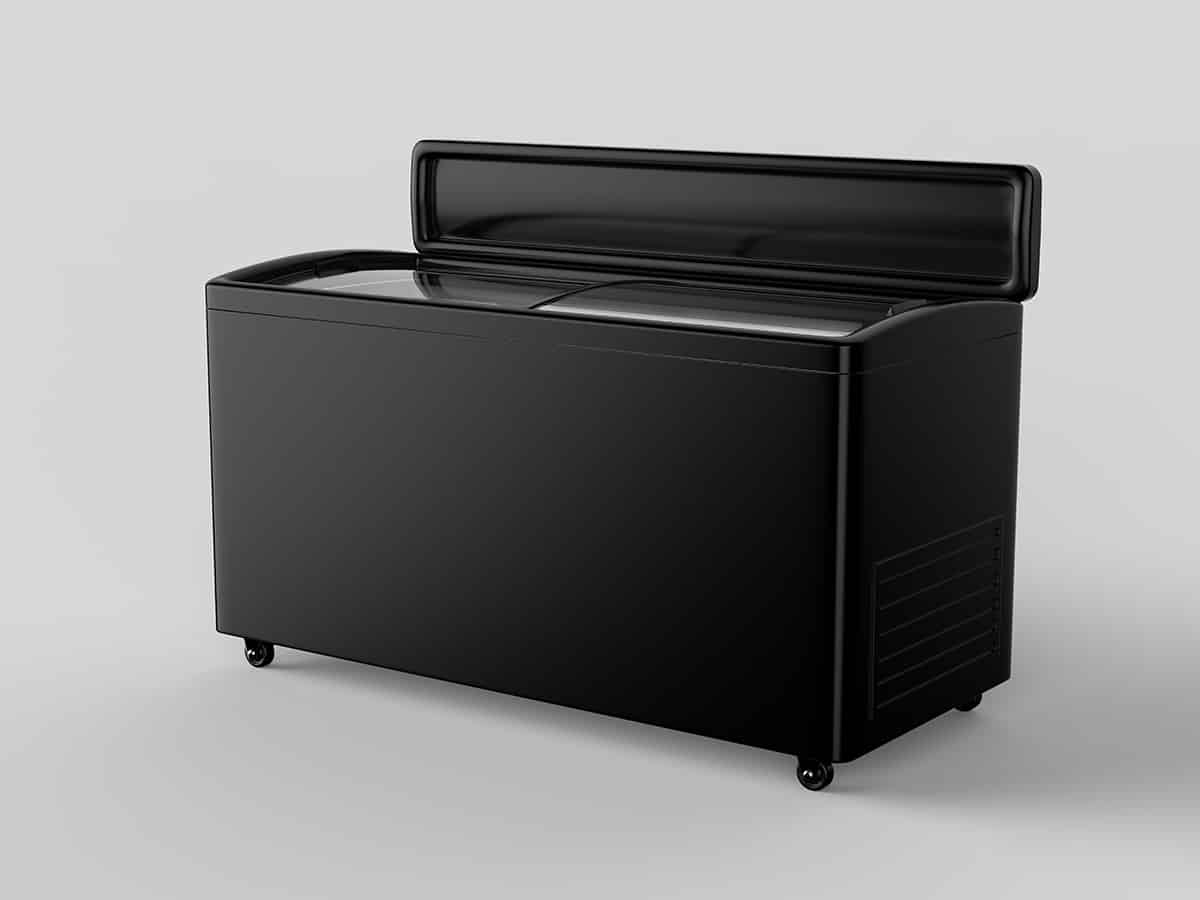
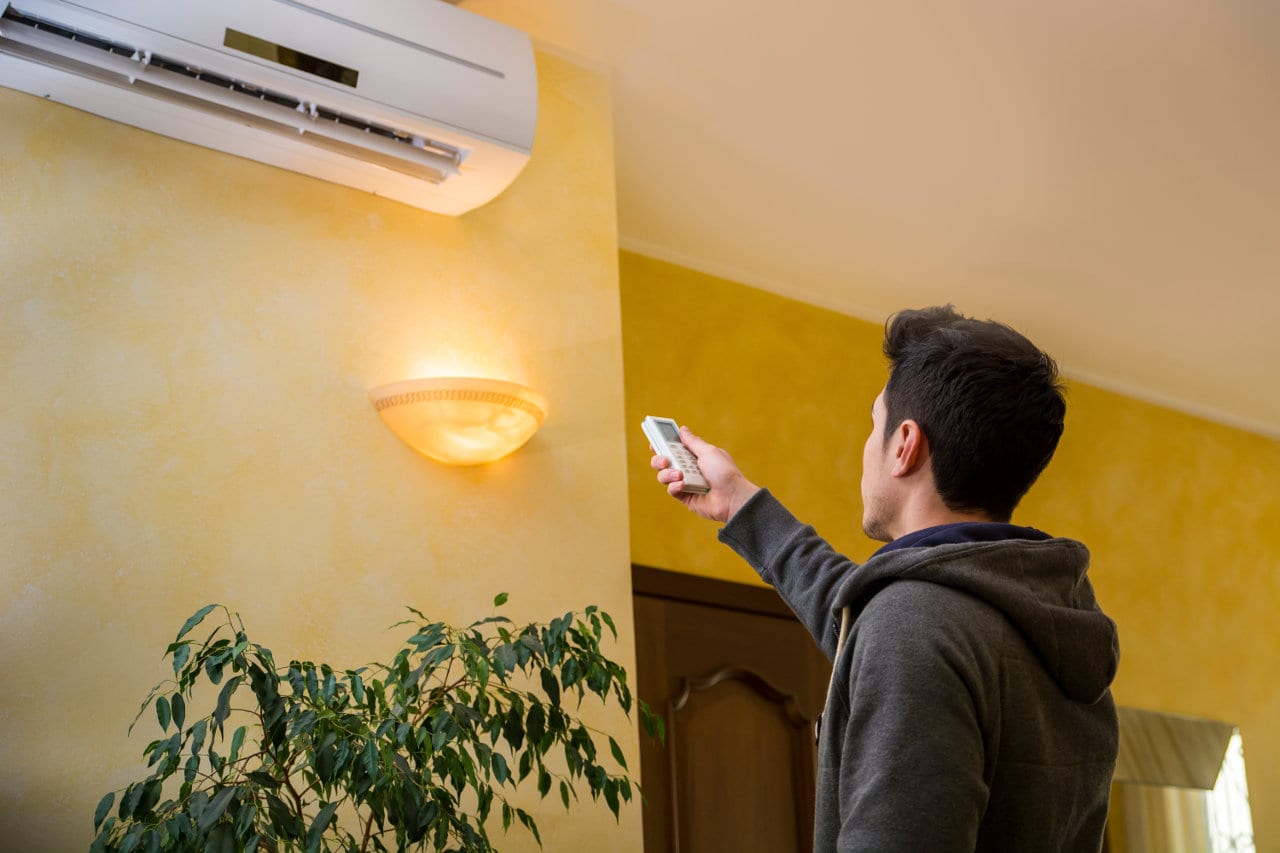

0 thoughts on “How Much Electricity Does A Space Heater Use?”